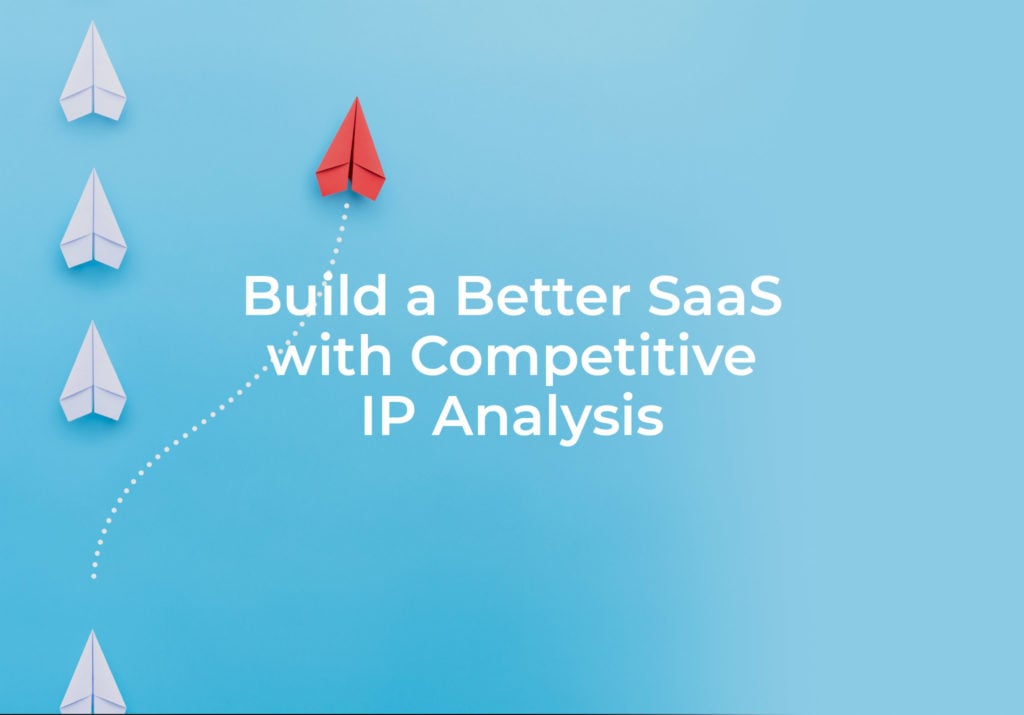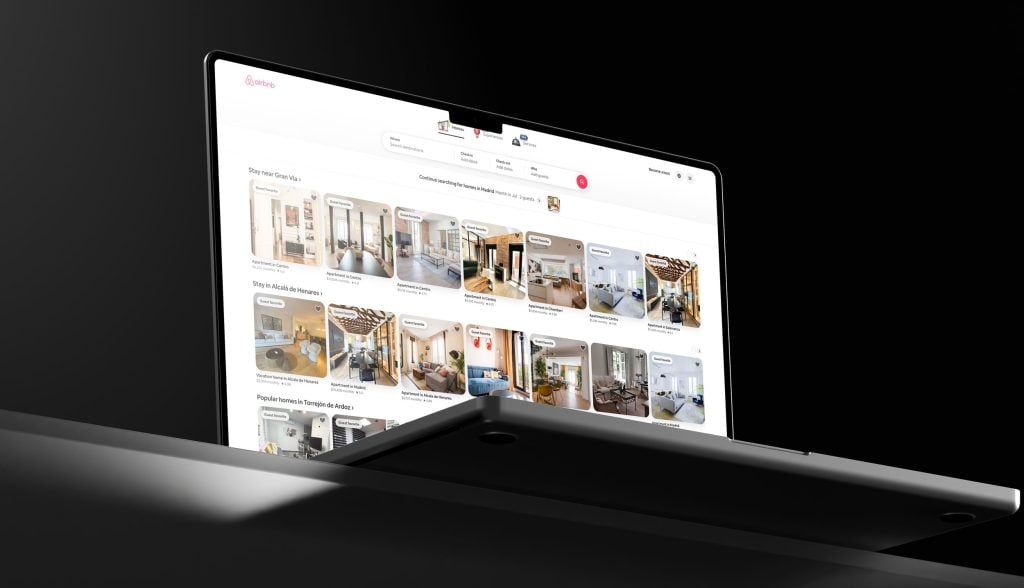Doing competitive intellectual property (IP) analysis is like playing poker while everyone else is showing their cards. It lets you know how your hand will fare and helps you better predict the rest of the cards in the deck. Here, the cards are intellectual property assets, such as patents, trademarks, and copyrights. The deck represents the areas of opportunity and technological development that competitors have not covered (yet) with intellectual property protection. Except for trade secrets, most intellectual property assets are published in some way or form. Generally, patent applications and patent grants are publicly available in the USPTO Patent Database and the USPTO Patent Application Database. [Update: The new USPTO patent search tool, Patent Public Search, is available here.] The intellectual property offices of other countries also publish the patent applications and issued patents for that country. In our poker analogy, intellectual property publication is the other players showing their cards.
Competitive IP analysis is not as easy as playing poker, but in a SaaS context it can result in a better SaaS development, a lower risk of future litigation, and a higher valuation of your business by mapping the scope of competing intellectual property and confirming market opportunity. Keep in mind that your cards are in the open too. You can bet that at least some of your competitors are (or eventually will be) engaged in various types of competitive research to find an edge for their businesses, including investigating your IP. Simply reviewing your website or using your products or services might provide competitors with insight that they can later leverage into developments for their own commercial advantage. In order to stay ahead of your competition, how can you leverage the knowledge and information available online about your competition’s intellectual property? That is where competitive intellectual property analysis comes in. This article describes where to search for the cards, how to understand the hands that everyone holds, and how to position yourself to make better business and technology decisions regarding your products and your intellectual property.
What is competitive intellectual property analysis?
Competitive IP analysis is the identification and examination of the elements and characteristics of the intellectual property of competitors that, when evaluated, provide insight into:
- The technologies implemented by competitors
- The scope of protection of your competitors’ IP
- Technology spaces that have not been protected/developed/patented
- Risk areas of your products and/or services infringing third-party IP rights
- The extent to which the technologies are developed and/or disclosed in the competitors IP
- The strength and suitability of your patent strategy
- The comparative strength of your IP portfolio versus the IP portfolio of competitors
- Strengths, weaknesses, and/or opportunities for development of your IP portfolio
- Strengths and/or weaknesses in your competitor’s IP portfolio
- Breaches of your IP rights by competitors and/or other third-parties
- IP licensing/monetization opportunities
- IP cross-licensing opportunities
- Other similar business/market/IP insights and awareness
Competitive IP analysis is a subset or type of business/competitive intelligence. Like other types of business/competitive intelligence, competitive IP analysis is a continuous process (meaning it should not be a one-time act) involving gathering data, extracting information from the data, and developing insights and intelligence from the information. The insights and intelligence are used to draw conclusions, prepare recommendations, and make business decisions.
Competitive IP analysis is not a process for stealing trade secrets, performing corporate espionage, or unlawfully interfering with the IP rights of competitors. Instead, competitive IP analysis should be grounded in a legal and systematic process of gathering and organizing publicly available data and information.
How can you use competitive IP analysis to improve your SaaS and beat the competition?
SaaS stands for “Software as a Service.” As discussed in our SaaS Agreements: Developing A Strong Legal Foundation article:
SaaS typically consists of software applications that are made available over the internet and are tied to a subscription fee, which may be tiered based on the end user’s desired level of service. Often these services are managed by a third party.
Instead of installing software applications on your computer, keeping the software updated, and ensuring you have the right type of computer and software, SaaS allows you to use any web browser to access software applications over the internet.
Competitive IP analysis can be used to improve your SaaS design and development. For example, if you are designing a SaaS or developing a SaaS MVP (Minimum Viable Product), a competitive IP analysis report could inform you whether your SaaS design and/or development includes features covered by a competitor’s patents, giving you the opportunity to design around and improve upon your competitor’s patent(s) and technology. Similarly, a competitive IP analysis could reveal areas where your competitors have not developed technologies or filed for patent protection, giving you the opportunity to further develop your SaaS in those discovered technology areas.
To find features covered by a competitor’s patents and areas where your competitors have not filed for patent protection, you need to perform a software patent search. If the search is properly executed, the search results can be used to develop the competitive IP analysis.
What are some of the best tools and resources for conducting a competitive IP analysis?
There are amazing tools for IP research and analysis that are available to everyone. Here are a few examples:
- USPTO Patent Public Search
- USPTO Public PAIR – access patent files with a patent application or patent number
- USPTO online guidance for patent searching
- USPTO Data Visualization Center – access to dashboards with USPTO performance data
- USPTO Bulk Data Products – for advanced users: download large patent datasets
- PATENTSCOPE – PCT applications at WIPO (World Intellectual Property Organization)
- European Patent Office Patent Search Tools
- Lens
- Google Patents
- Your competitors’ websites
- Publicly available information from cases before the Patent Trial and Appeal Board, the Trademark Trial and Appeal Board, and both the State and Federal Courts.
What do you do with these tools? The first and most basic tool for competitive IP research and analysis is the prior art search. As discussed in our Should you Patent Your SaaS MVP? article:
A prior art search can help you perfect your SaaS MVP [or your SaaS design or development], improve your patent application, and find out about technologies that competitors are using. There are different types of prior art searches, including novelty and landscape searches. A novelty search looks for prior art that might be a barrier to obtaining a patent. A landscape search looks for innovations that competitors are using, technology areas they are exploring, and opportunity areas where technology has yet to be further developed. While the purpose of each type of search differs from the other types of searches, the results overlap. Novelty searches, which are common before the drafting of a patent application, can still reveal what competitors are developing or trying to protect with their own patent filings. Businesses can acquire insight into competitor’s strategies and knowledge of the current state of their technologies, even when the purpose of their novelty prior art search is not to explore the current patent landscape, but to find potential impediments to their patent application.
In terms of competitive IP research and analysis, you will likely benefit from performing both a novelty search for your SaaS innovation and a landscape search to find out about your competitors and technology/patent opportunities. If you are in the initial phase of your research, follow this three-step process for novelty searches:
- Identify what aspects make your SaaS unique. Does your SaaS have a new protocol? Does it connect faster to clients or servers? Does it perform a new process? What gives your SaaS an edge? What would make you raise your eyebrows if you saw a competitor copying or performing?
- Write down, at a concept level, the features, structures, steps, processes, and advantages that must be included to create your SaaS.
- Use a patent research tool to search for patents and patent applications incorporating the identified features.
Consider starting with the USPTO Patent Public Search. Using Google Patents might be easier and faster, and Google has stated that “Google does not inspect Google Patents logs to inform its own patenting strategies.” However, keep in mind that there is no guarantee that Google or other third‑parties are not monitoring and storing your searches and results.
Landscape searches are usually more complicated than novelty searches. To begin, follow the search process for the novelty search above, but do not focus on what makes your SaaS unique. Instead, identify and search for general elements found in any competing SaaS product or service. To search for your competitors’ IP, determine the legal names of your competitors and their businesses. Generally, you can search patents by inventor, applicant (which may be a person or a business entity), or assignee (person or business to whom patent rights were assigned). Note that some businesses may use holding companies that hold (own) their intellectual property, so a search for the business name might not yield the same results as a search of the holding company’s name.
How should you use the results of your competitive IP analysis?
- Determine patentable features for your SaaS
Prior art might reveal that a feature of your SaaS is likely unpatentable. However, finding such prior art early in the process (1) avoids wasting time and money in a patent application that is weak or will be rejected, and (2) gives you the opportunity to further develop your technology to obtain a competitive advantage in the market.
- Map the IP space
To further develop your technology, consider creating a patent map. You can create tables, charts, and graphs (for example, Venn diagrams) showing different technology spaces related to your SaaS. A graphical view of where the technology spaces intersect can reveal holes or spots where the technology spaces do not meet. These areas between intersections can be identified to develop links with new technologies. A patent map might also reveal that your technologies are entering a “crowded” patented space, where patent infringement is possible or likely and can help you avoid future legal issues.
- Avoid patent infringement / Design around your competitors’ IP
Create a SaaS that does not infringe any patents. You can find which elements or process steps your competitor’s patents claim and avoid implementing at least one of those elements or steps in your SaaS product and patent application. When practical, consider seeking and negotiating a patent license.
- Find patent infringement
You may not know from reviewing a competitor’s products or services that they are using a process or a structure that infringes one of your SaaS patents. However, patent applications require an enabling disclosure, meaning that patent applications must disclose how the invention is made or performed. If a competitor describes or otherwise incorporates a description of one of your patented inventions in their disclosure of a different invention in a patent application or issued patent, it is possible that the competitor’s invention requires your patented technology to operate.
- Perform prior art searches on competitor’s patents
Finding prior art to a competitor’s patent can allow that prior art to be used as leverage in a negotiation or as a defense in a patent infringement case.
- Organize and collate your findings
You might want to quantify the number of patents and patent applications that each of your competitors own. This will provide insight into your competitors’ intellectual property budgets and allow you to better understand your competitor’s IP portfolio strategy, scope, and strength.
Overall, it is important to note how a well-performed competitive IP analysis can increase your chances of success in the market, avoid future legal costs, and positively impact the valuation of your business.
What are some common mistakes made when doing a competitive IP analysis?
- Failing to understand the invention and/or the patent disclosures
Patents can be complicated documents and understanding the scope of claim protection for individual and groups of patents is complex. Whether you are performing a search or analyzing search results, make sure that you understand the relevant technology and recited claims. A flawed analysis of invention features can lead to the use of improper search terms during a search or the wrong interpretation of patent disclosures and references. A flawed comprehension of novelty can steer the focus of the search and/or the analysis towards irrelevant aspects or features of an invention or prior art disclosure, thus wasting valuable time and resources.
- Performing random searches
If you do not understand the purpose of your search, you are likely to fail to properly target your search and thereby search for the wrong features or the wrong proprietary aspects of your competitors’ technologies. If you fail to understand and identify the proper scope of your search, you are likely to spend either too little or too much time searching for irrelevant information.
Have a clear idea of why you are searching and what you are searching for before beginning your search. If you are performing a patentability search, you are looking for prior art that might be cited by a patent examiner in their Office Action and prevent your patent application from being granted. Since utility patents last 20 years from the filing date, if you are doing a freedom-to-operate search, you are looking for any active and enforceable patents that your SaaS might infringe, so you can effectively date-limit the scope of your search.
- Focusing only on patent claims
Novelty searches should not be focused solely on patent claims. Any part of a patent may be considered and cited as prior art and used to reject your patent application by the USPTO’s patent examiner. Even if you are performing a freedom-to-operate search, claims might not include particular terms due to a means-plus-function construction, where the claim references back to the description in the patent application to further define and limit the claim. For example, if you are searching for the terms “Wi-Fi” and “802.11” (these are terms related to wireless internet protocols), but a relevant patent prior art claim reads “a wireless means to communicatively couple two or more computers”, a search that is limited to the claims would fail to identify this hypothetical reference, even if the description described “wireless means” to include “Wi-Fi” and “802.11” because they are not explicitly stated in the claims.
- Missing the obvious
If you are performing a prior art search, consider reviewing your competitors’ websites and other easily accessible public sources. You might avoid wasting hours on searches when a quick review of a competing technology or website would have rendered instant relevant results. Remember: prior art is not required to be in the form of a patent or a patent application. Published information that is publicly available on any website could be cited as prior art.
Similarly, consider simple searches for products or services through internet search engines, e-commerce marketplaces, and other publicly accessible websites and printed publications. You may not only save time, but you may also identify new competitors in other geographical areas or new markets that you had not previously considered.
How can you get started with competitive intellectual property analysis today?
Consult a Patent Attorney with experience in SaaS specific patent applications. The Rapacke Law Group is an intellectual property and business law firm built for the speed of startups, with patent attorneys experienced in software and SaaS technologies. No hourly building, no charges for calls or emails. We offer startup legal services for a transparent flat fee. Our experience ranges from initial business formation and planning to the final liquidity event. Our startup lawyers are involved with fast-moving entrepreneurial companies seeking legal counsel in IP asset protection, company formation agreements, liability, equity issuance, venture financing, and infringement resolution and litigation. Take our Intelligent IP Quiz to determine the best type of protection you need for your business or contact us to schedule a free consultation with one of our experienced attorneys.




